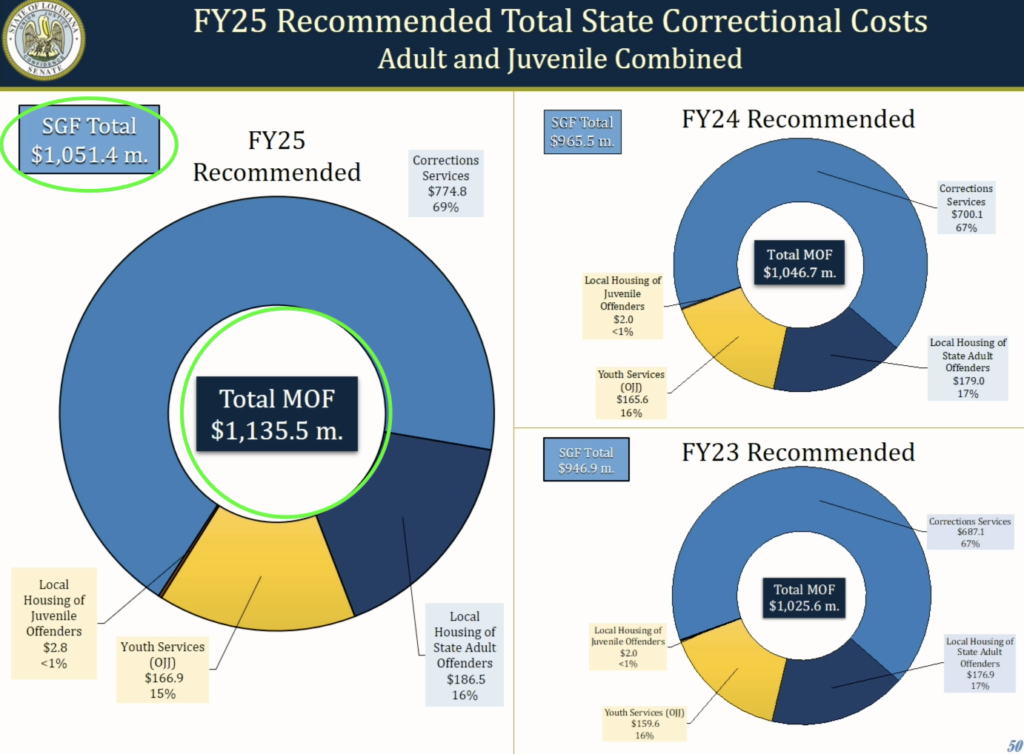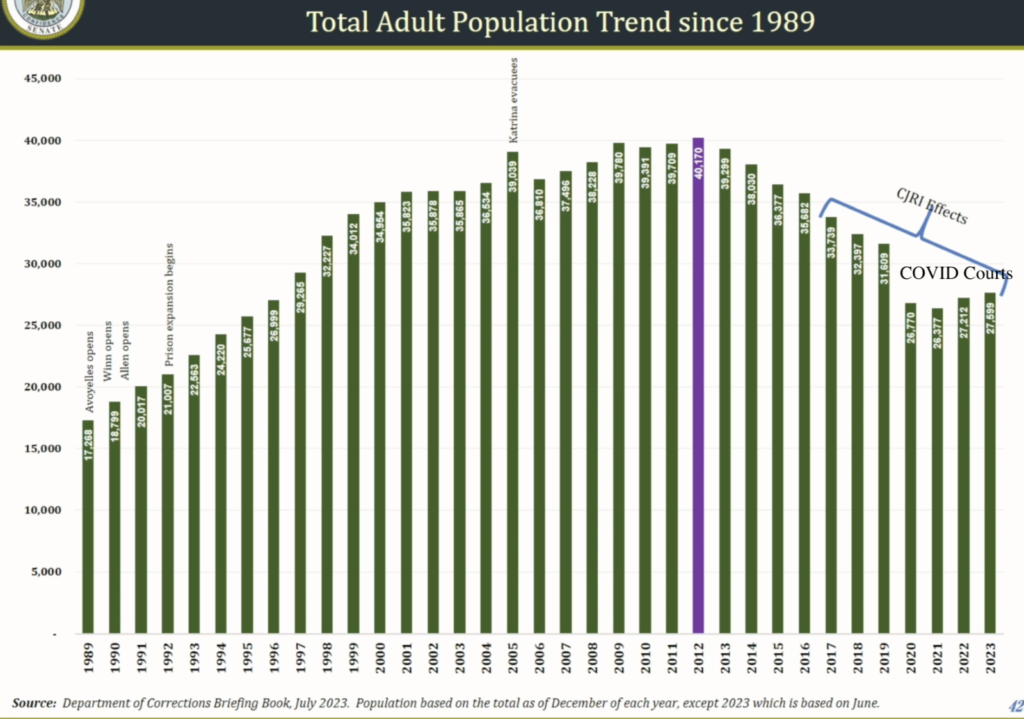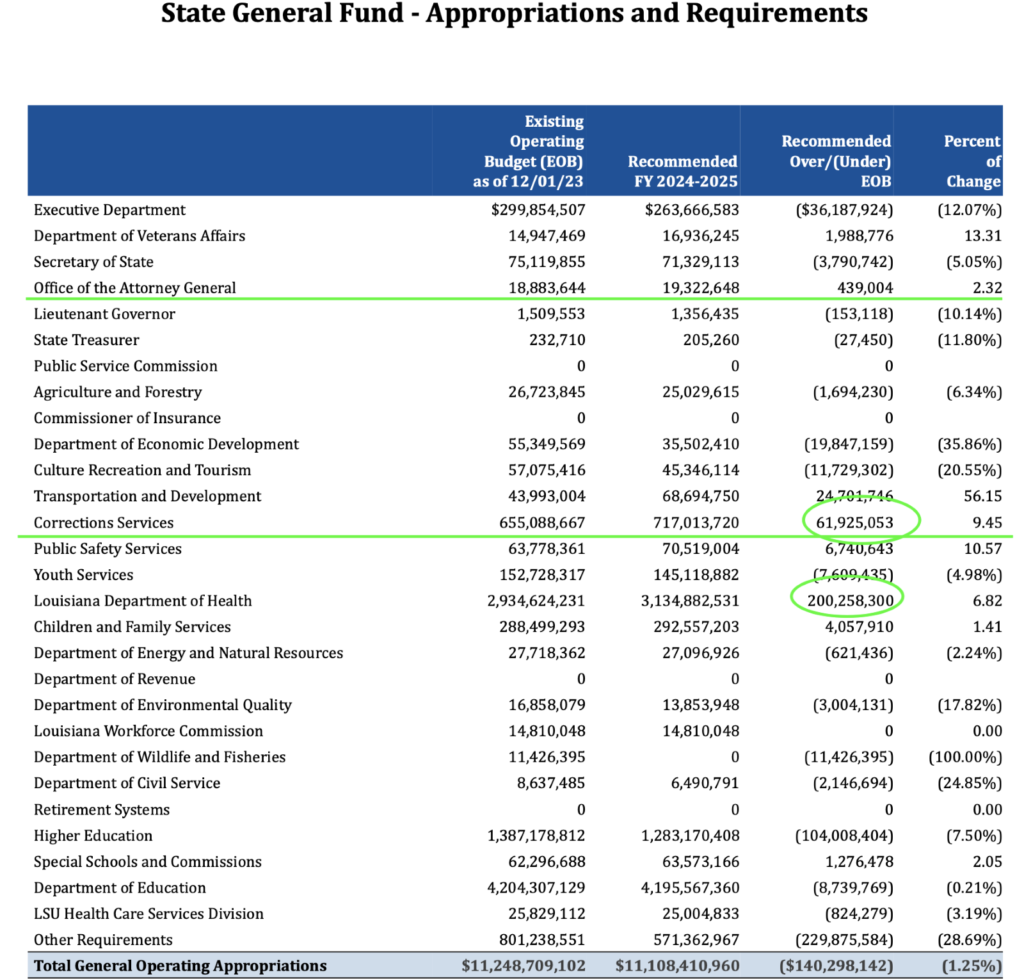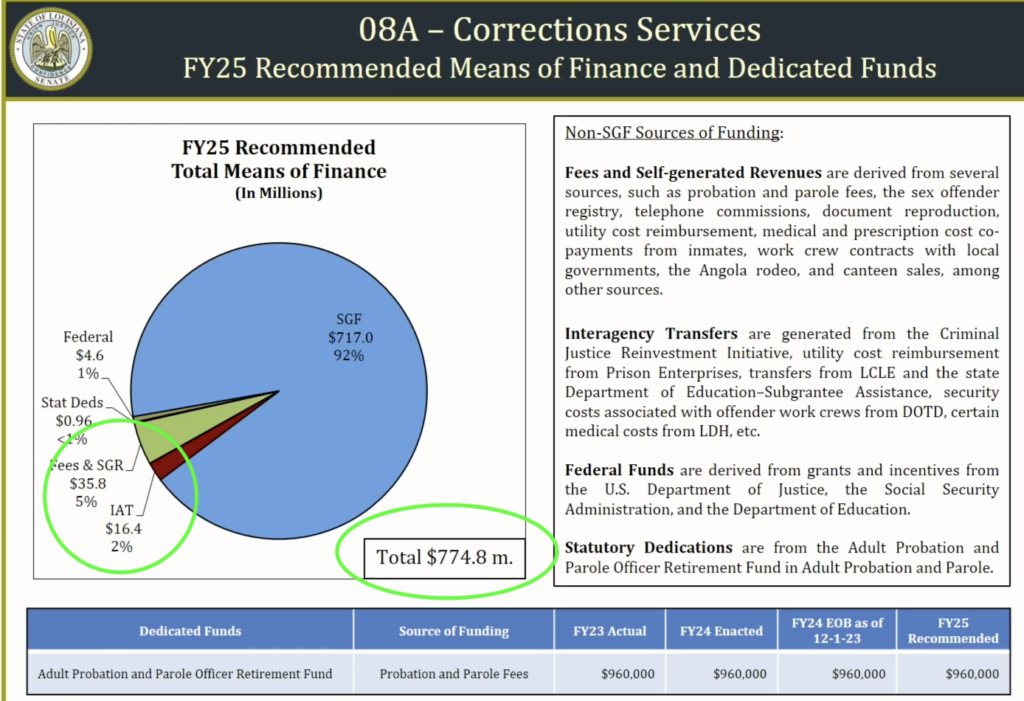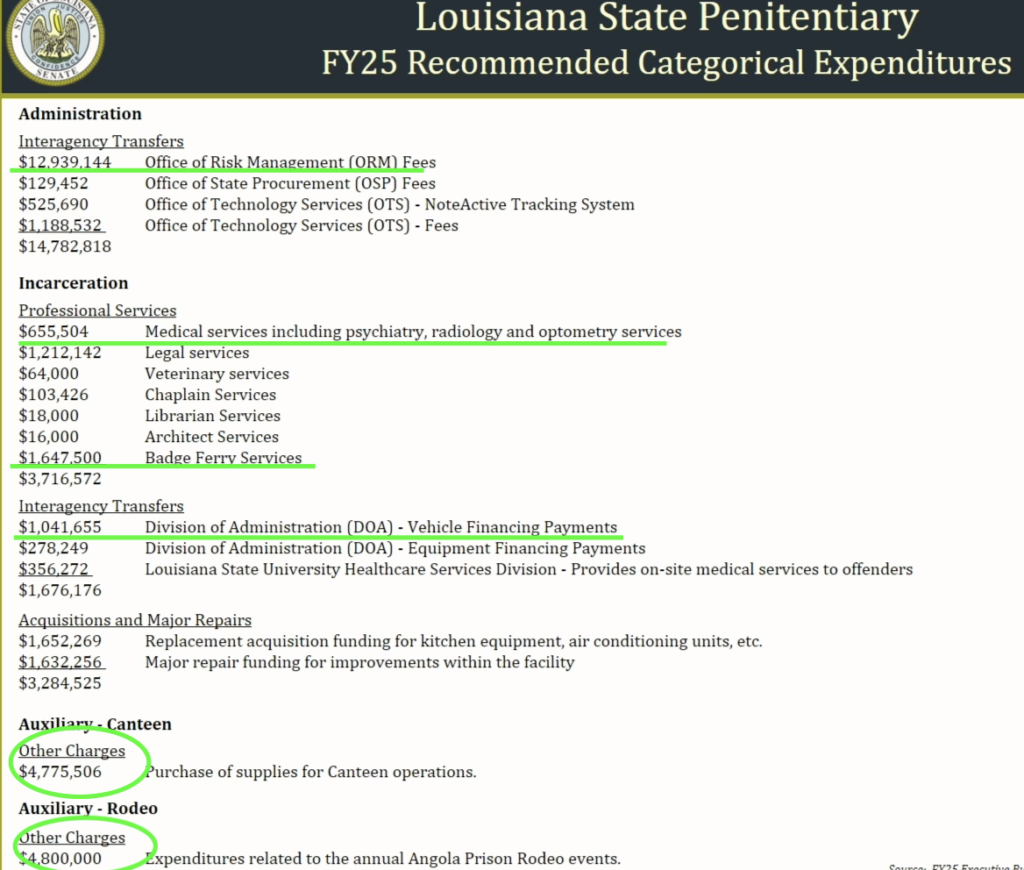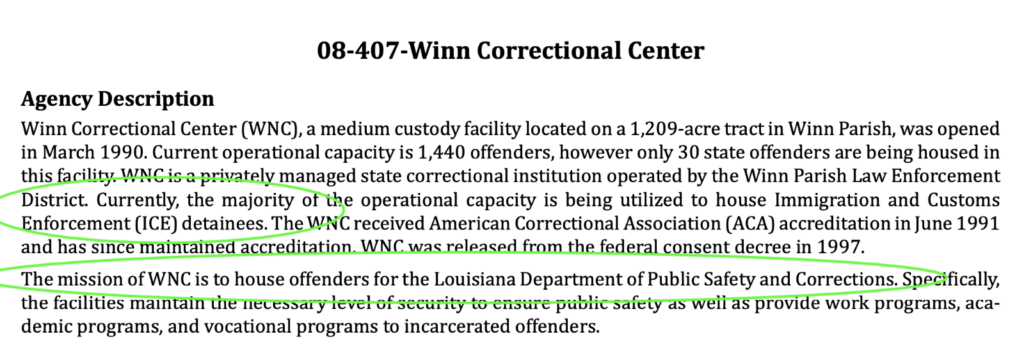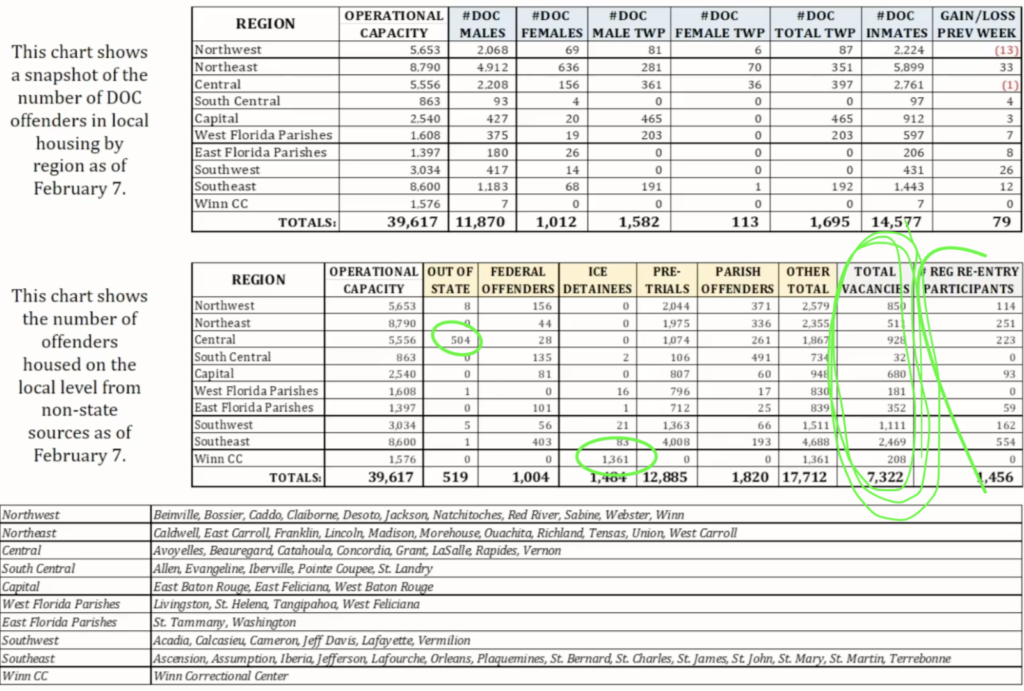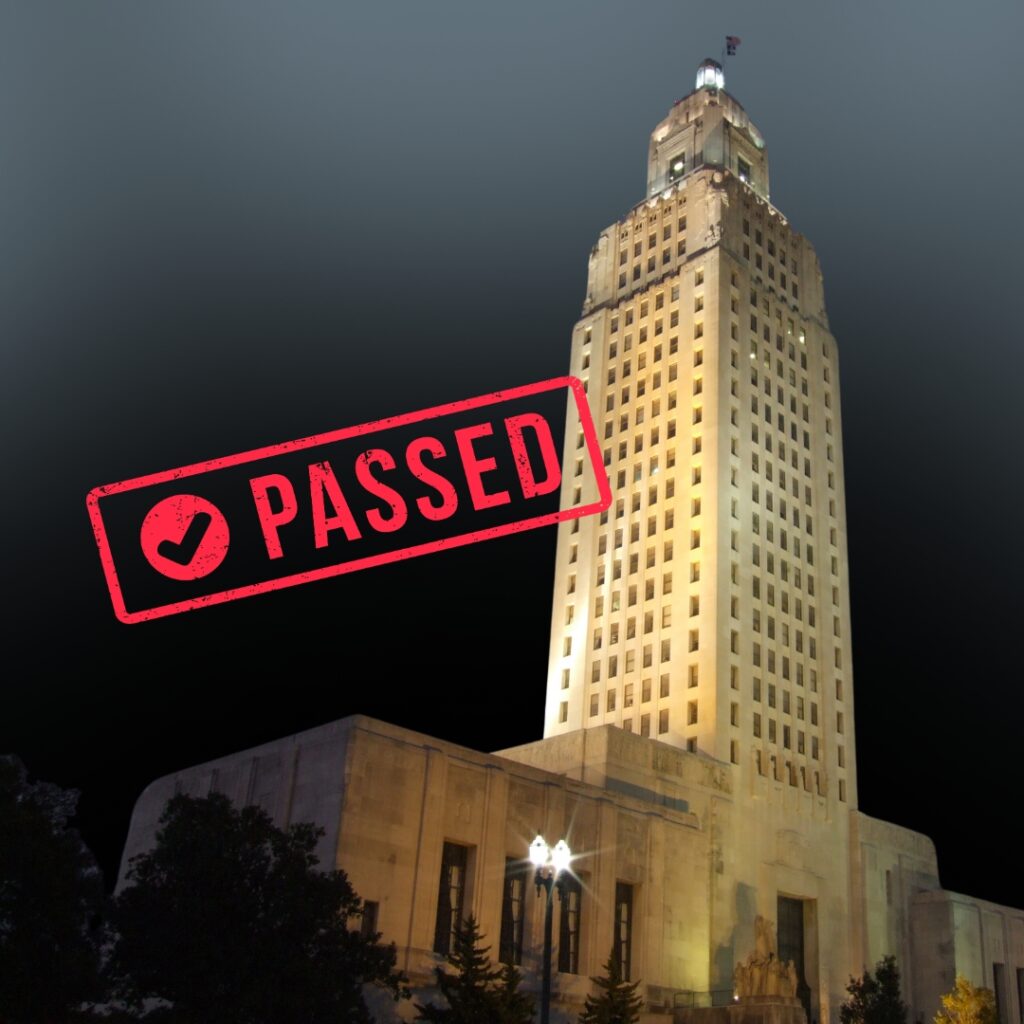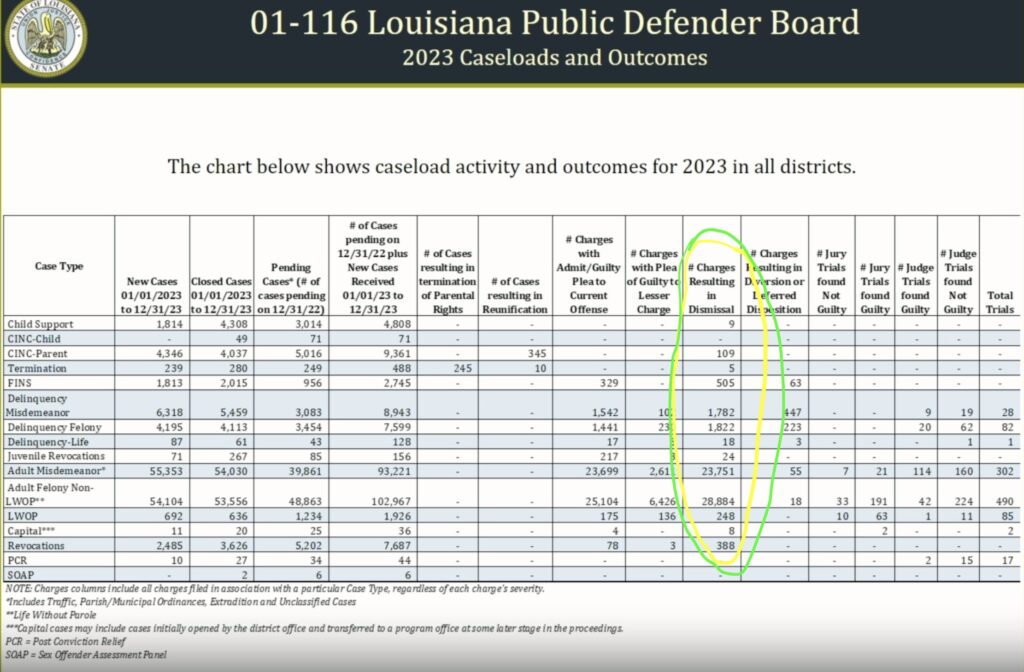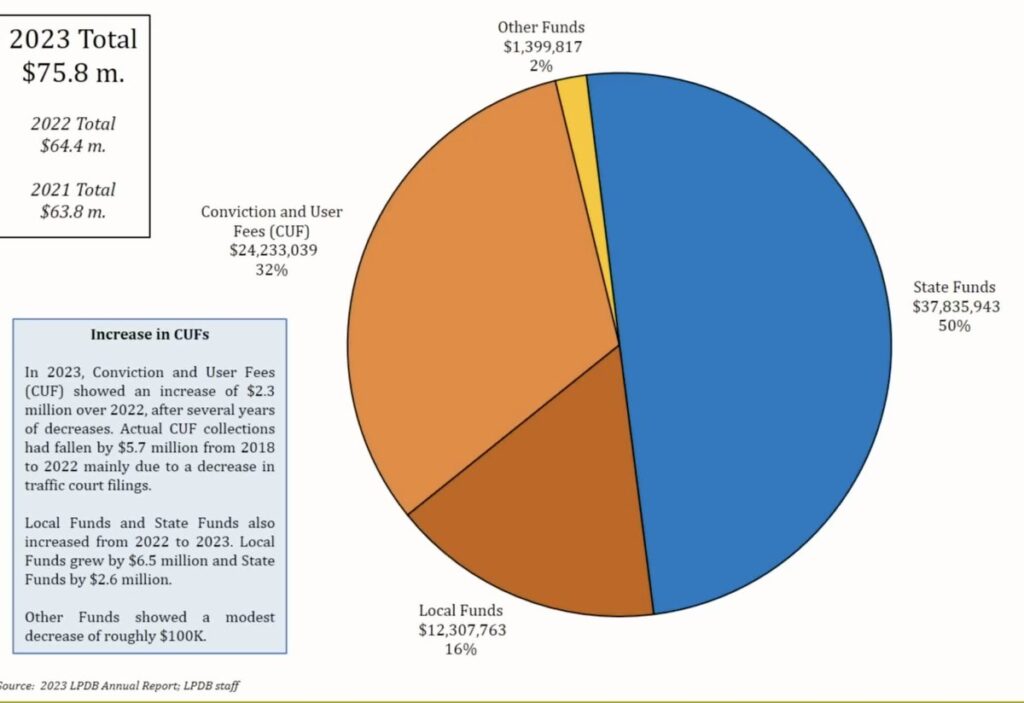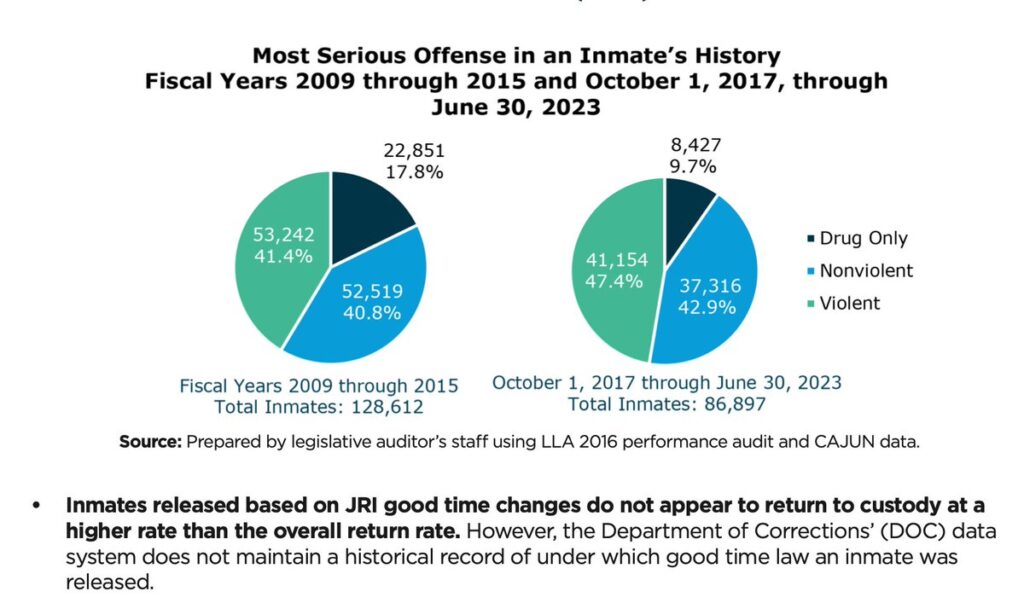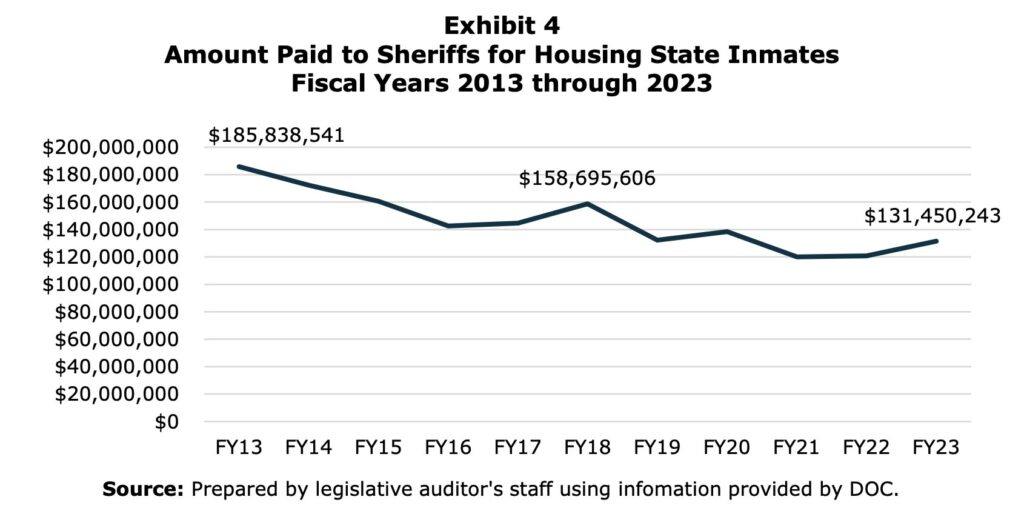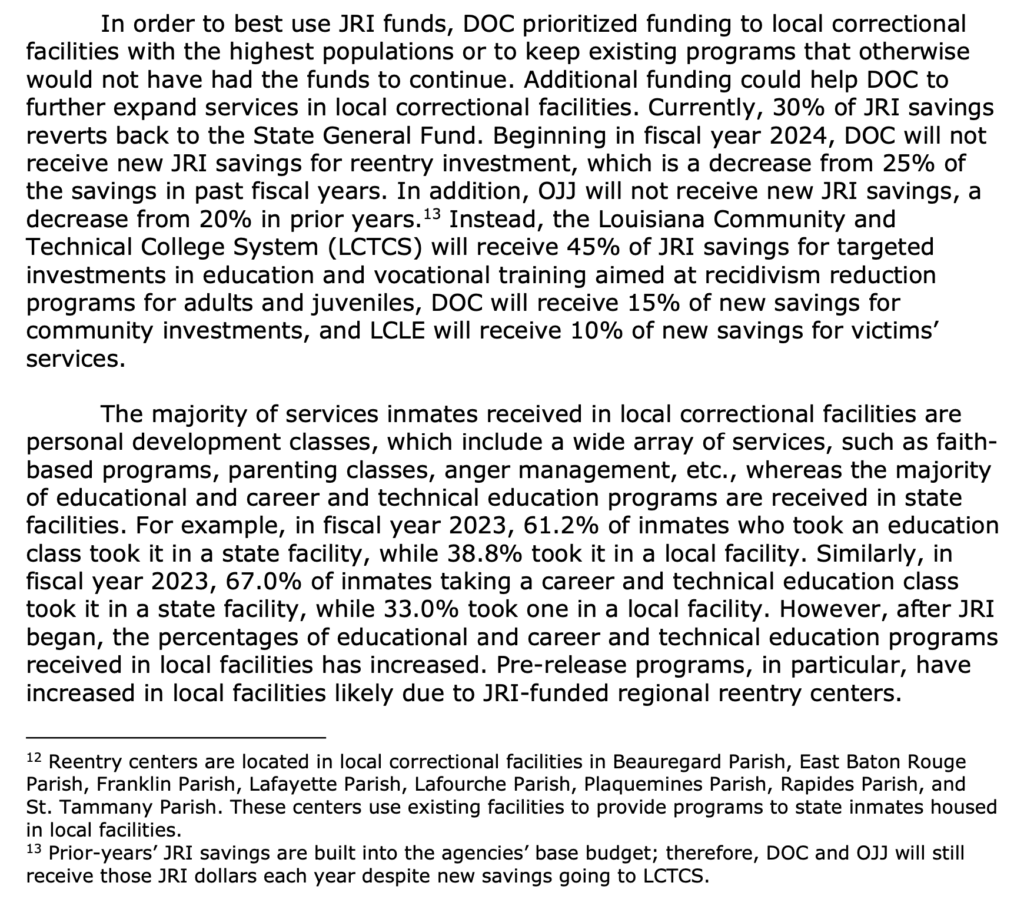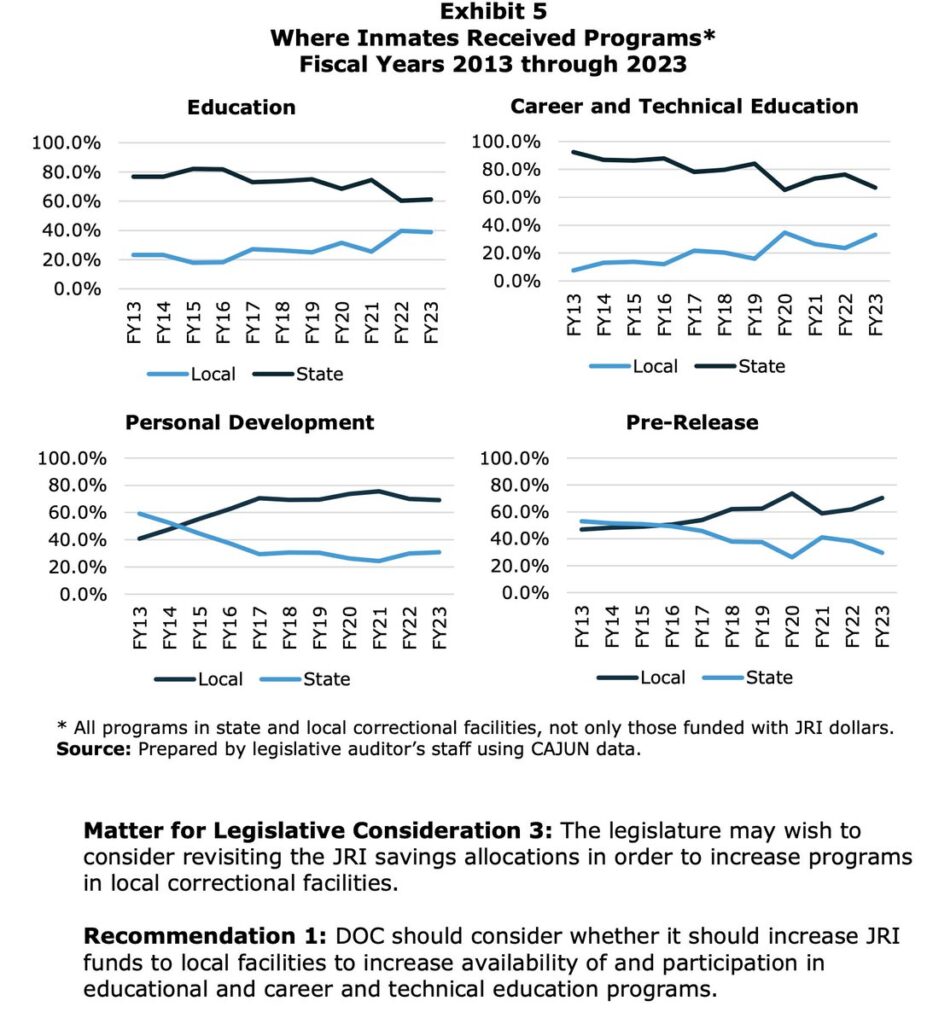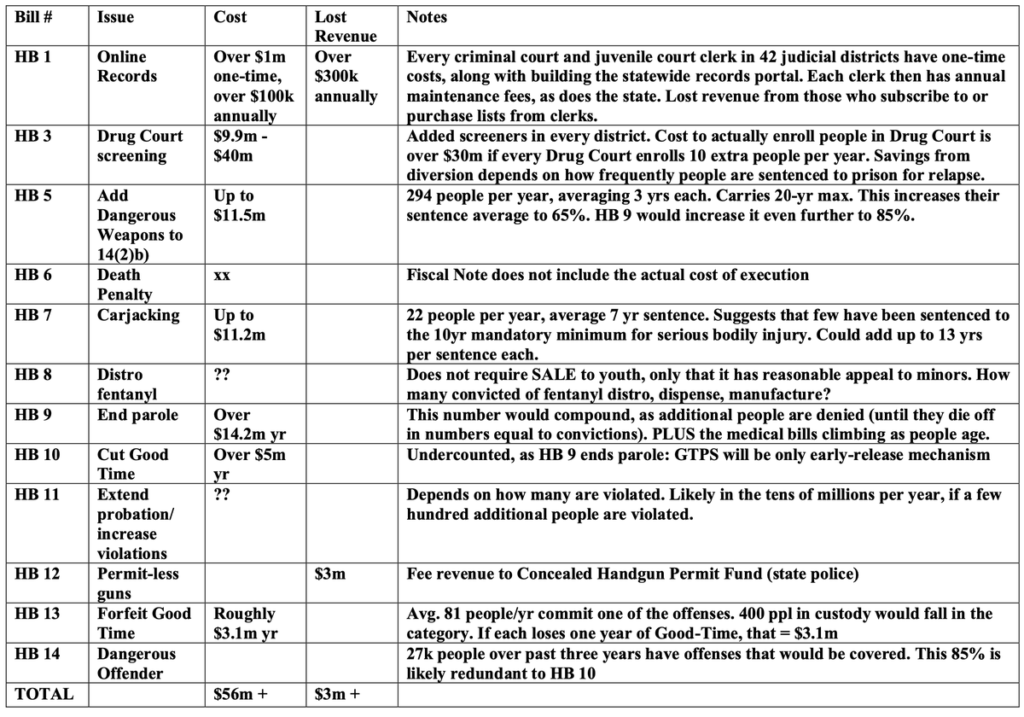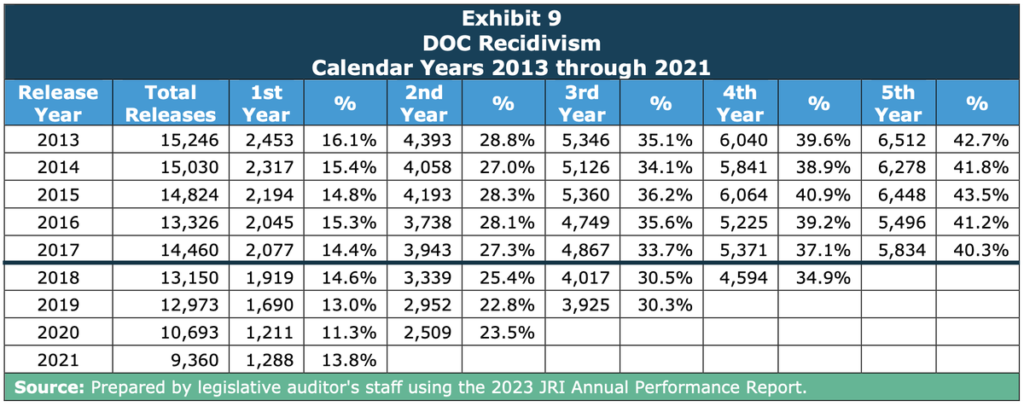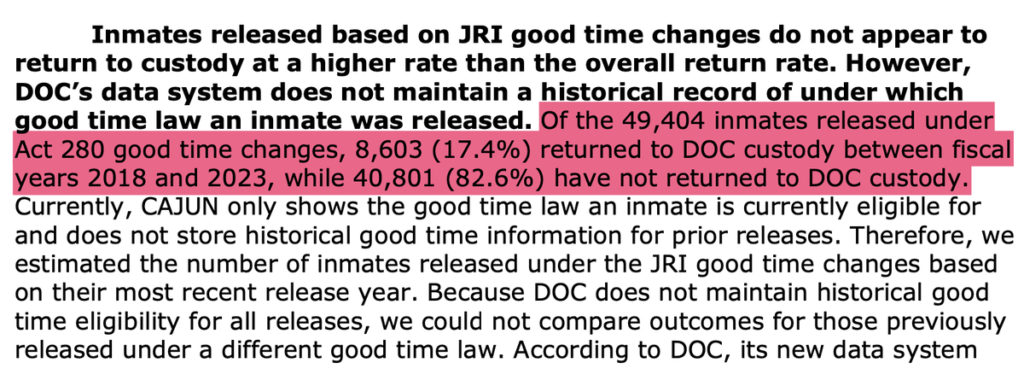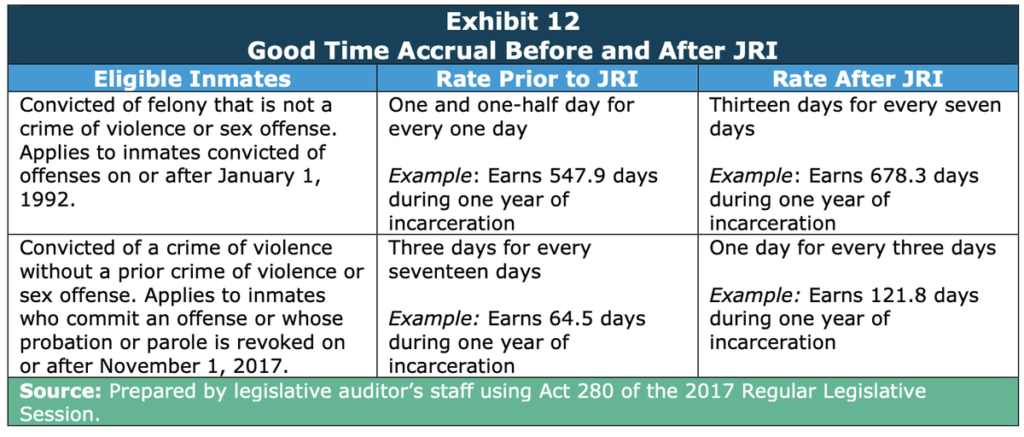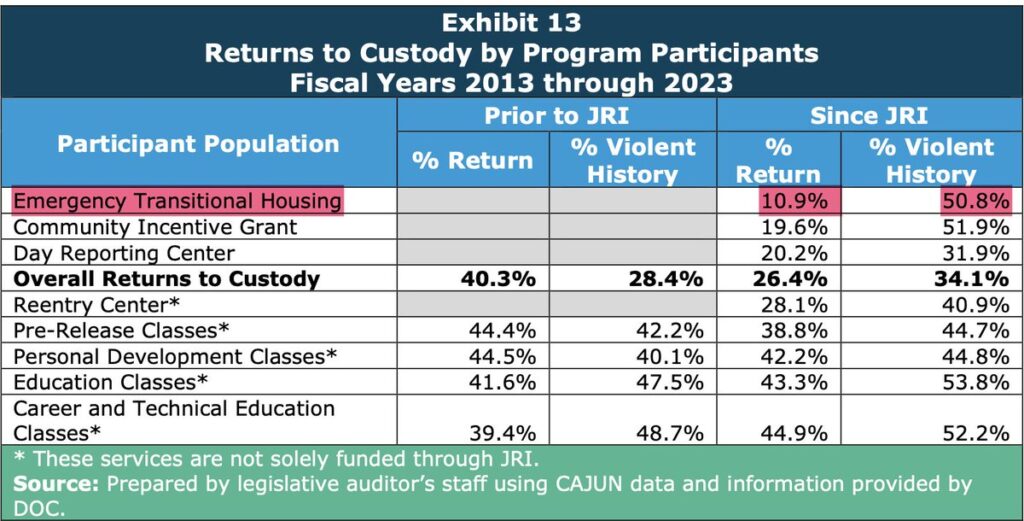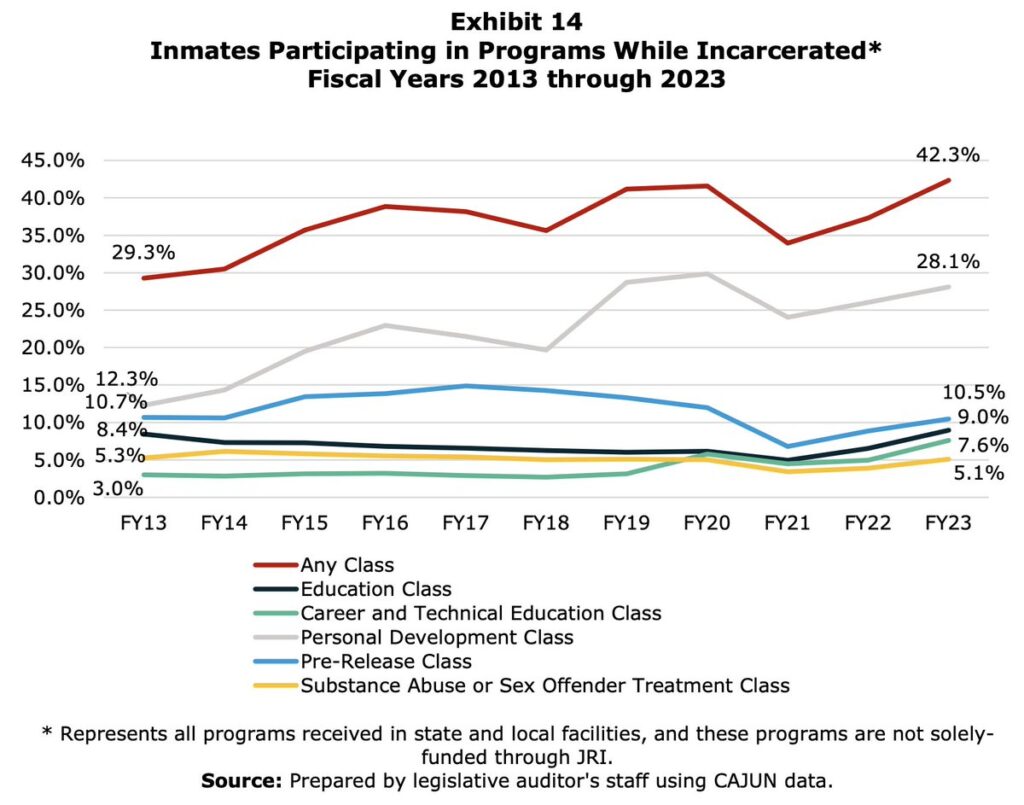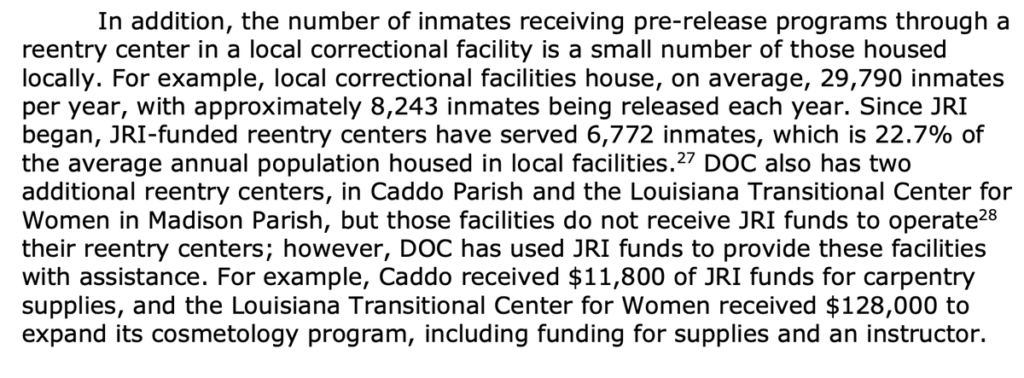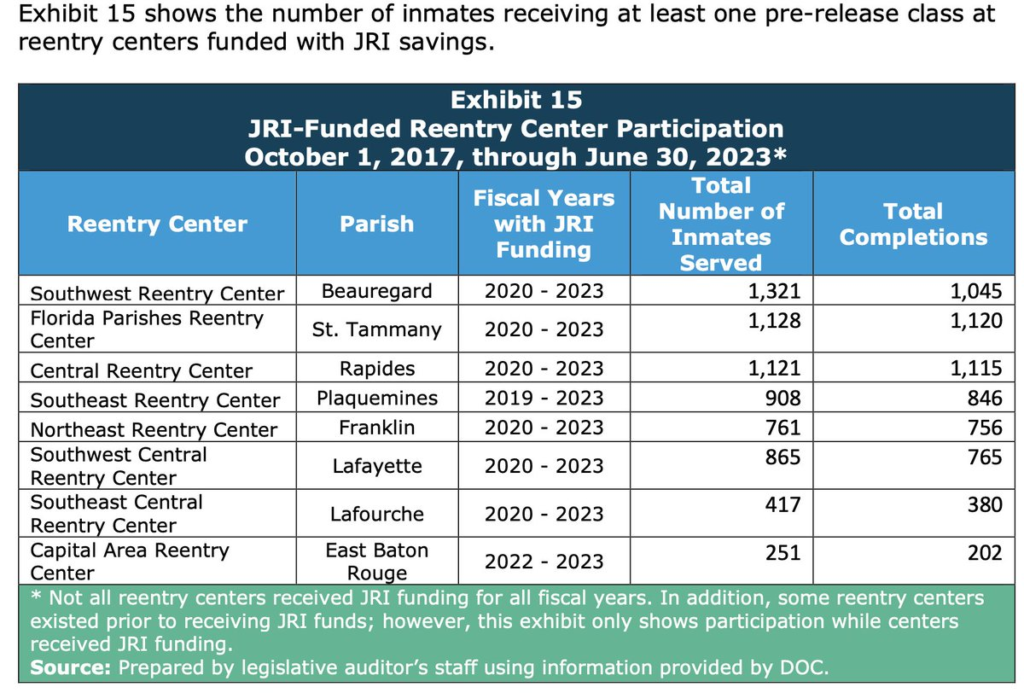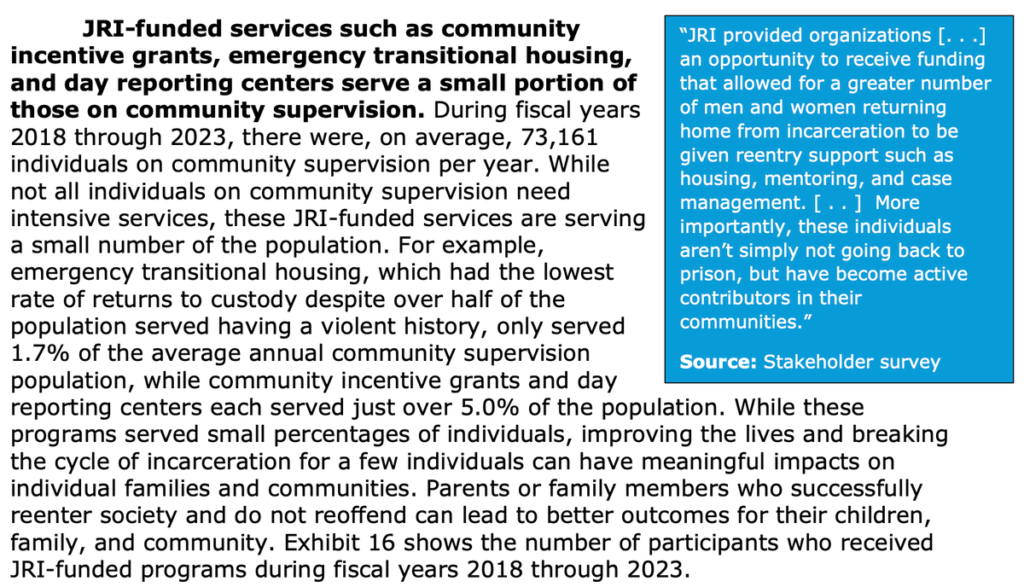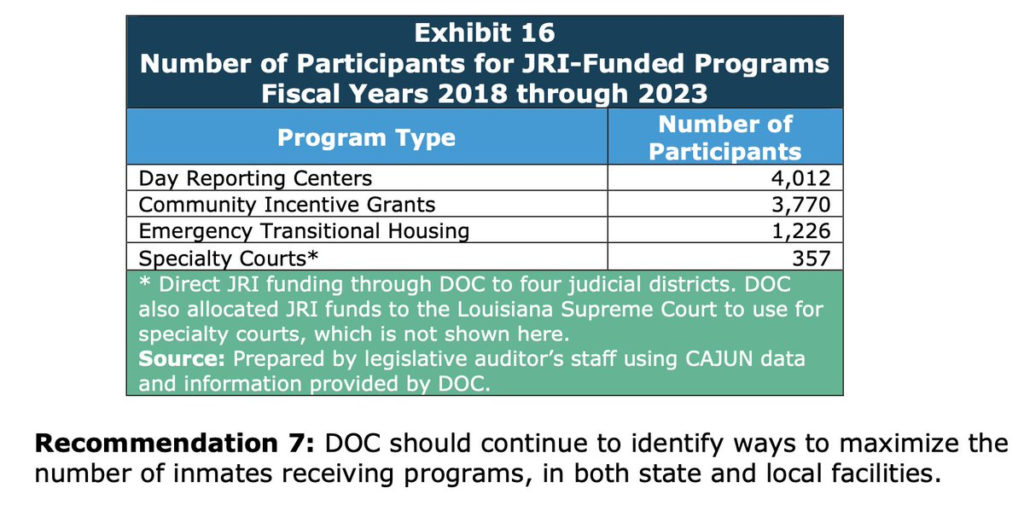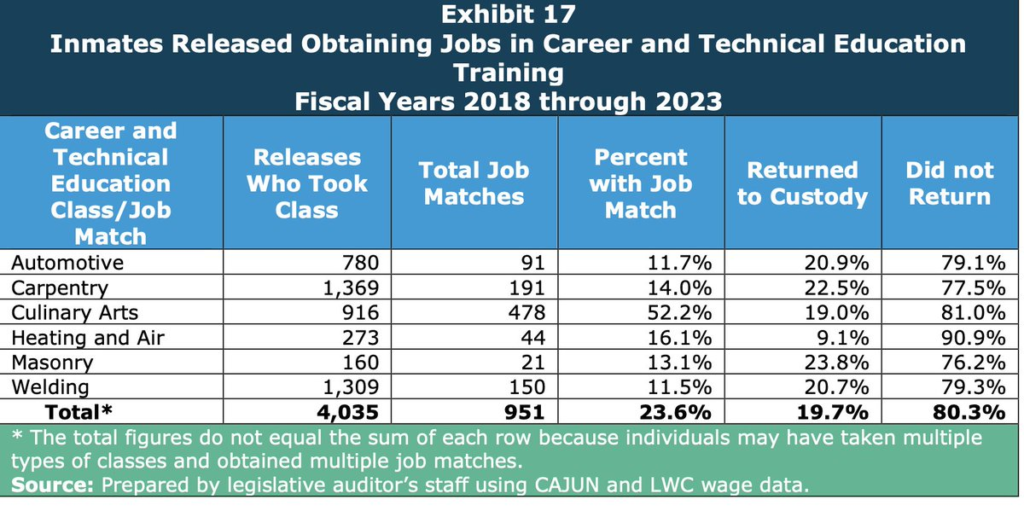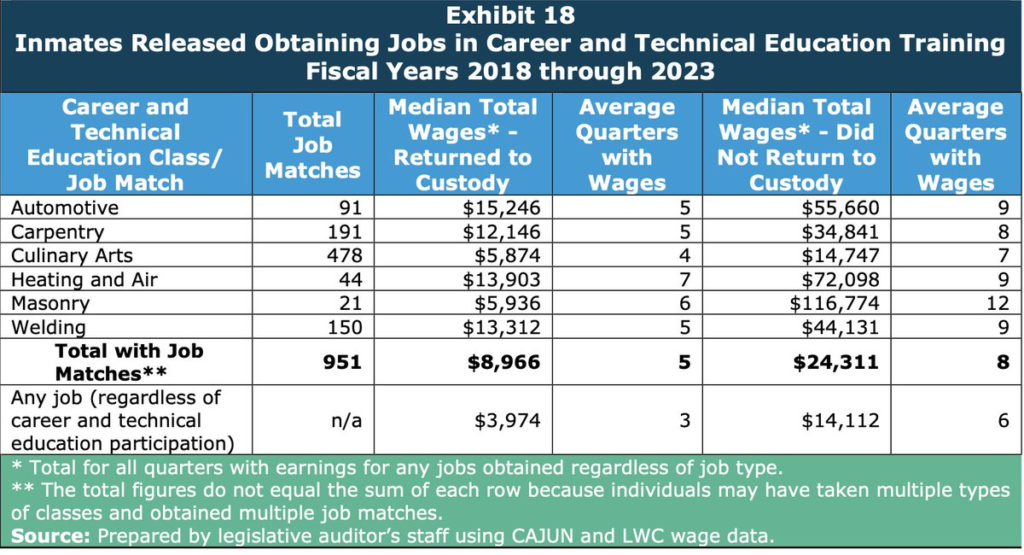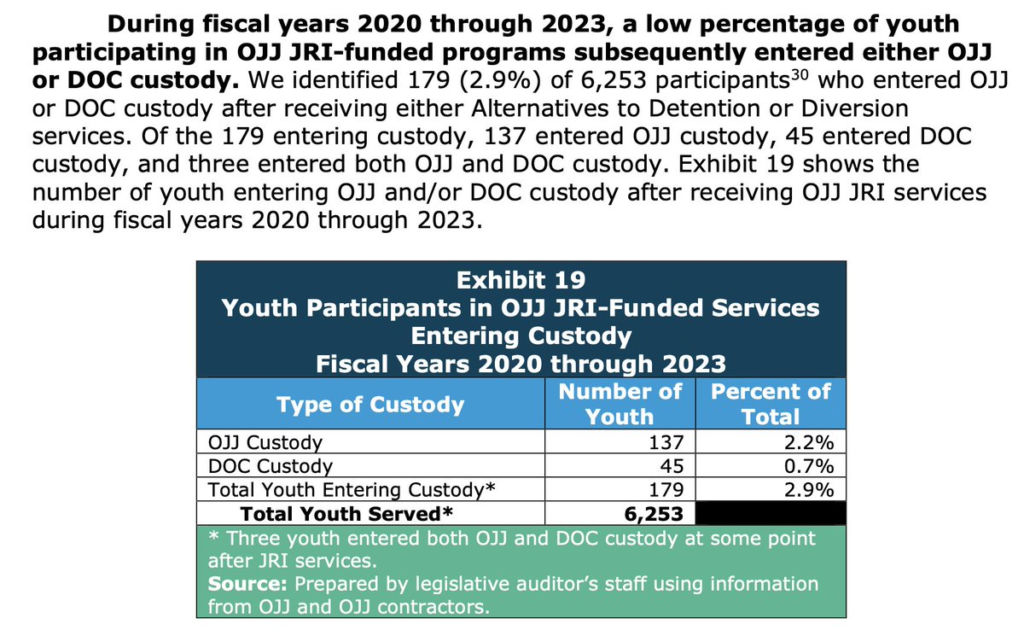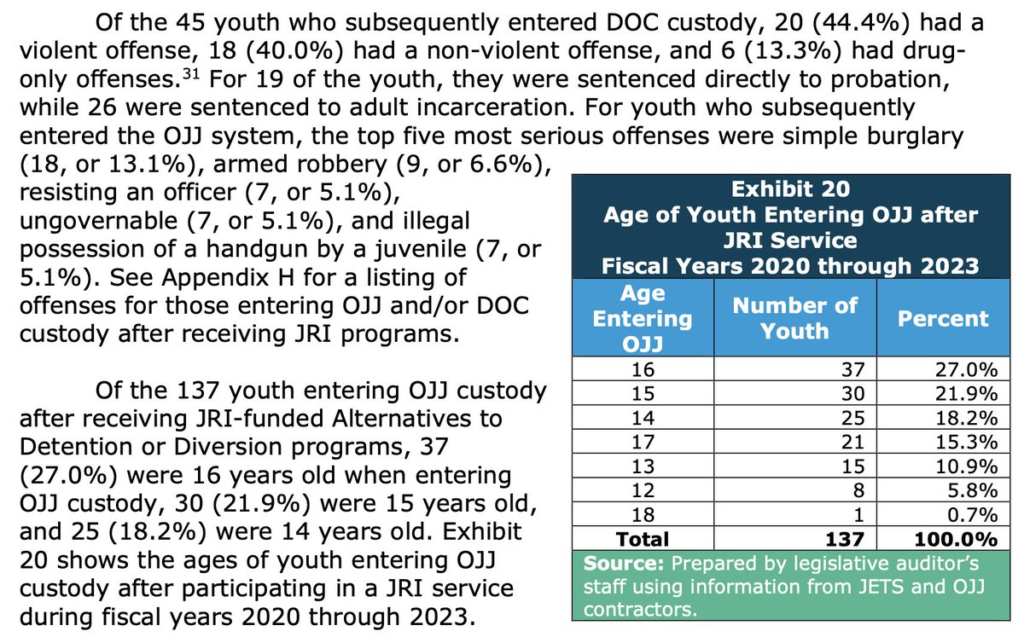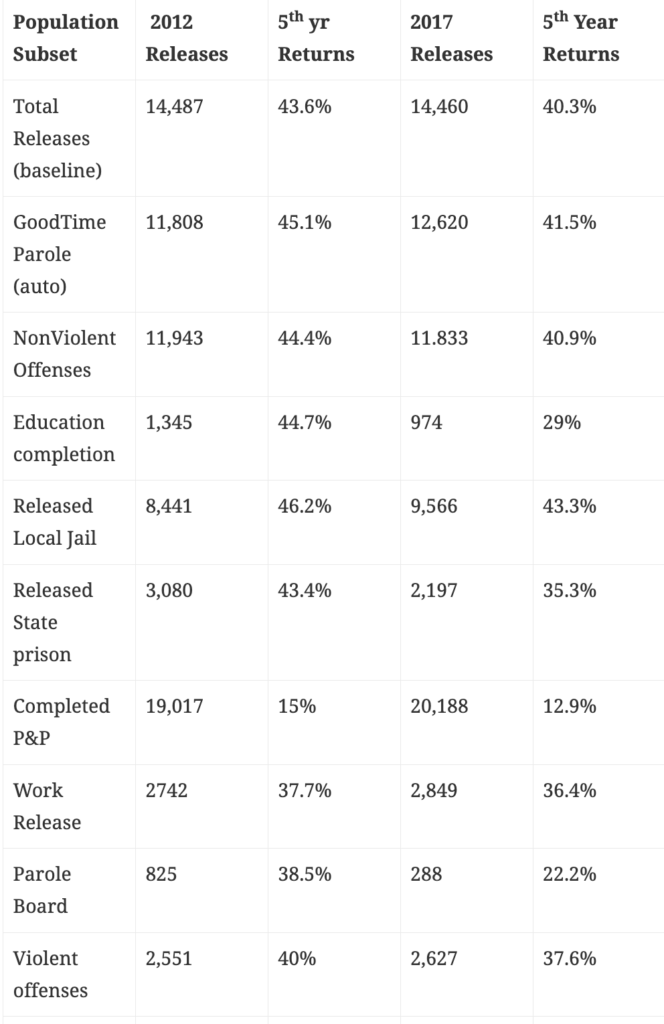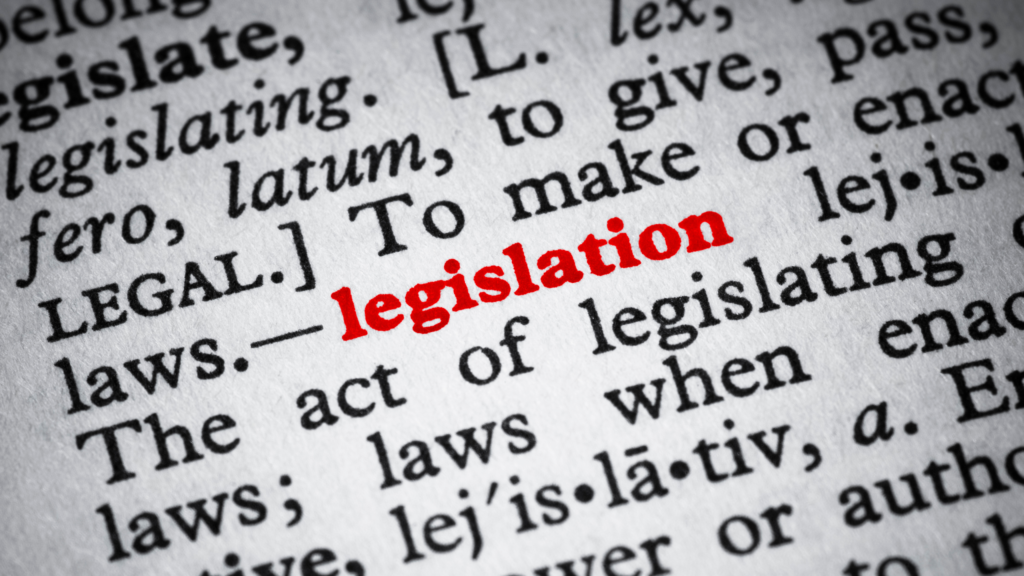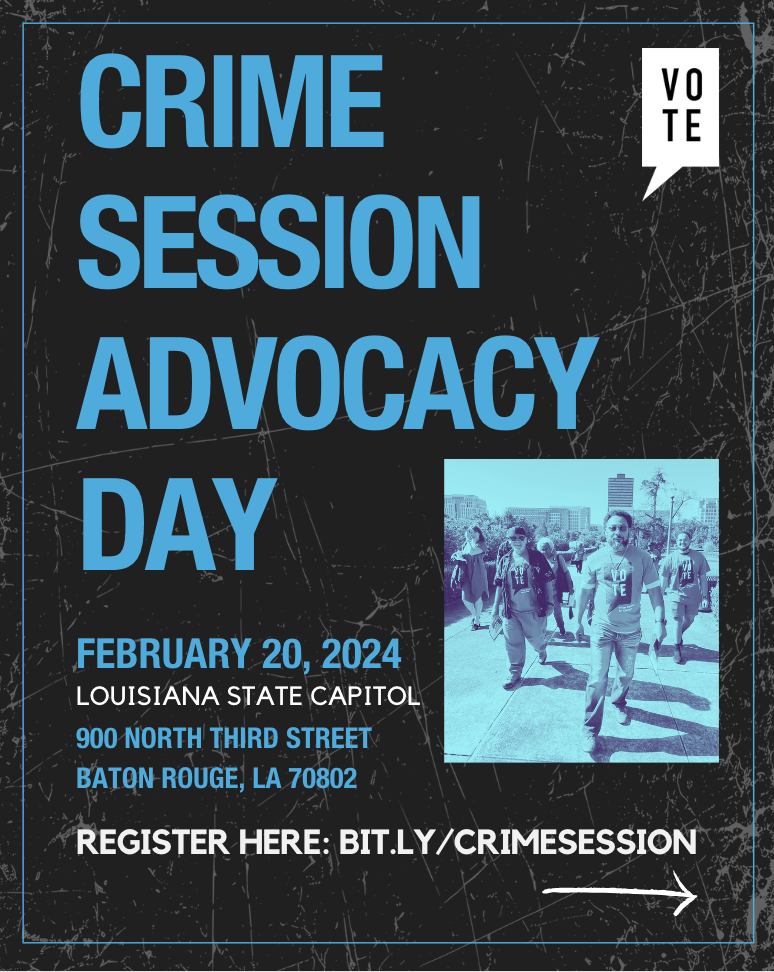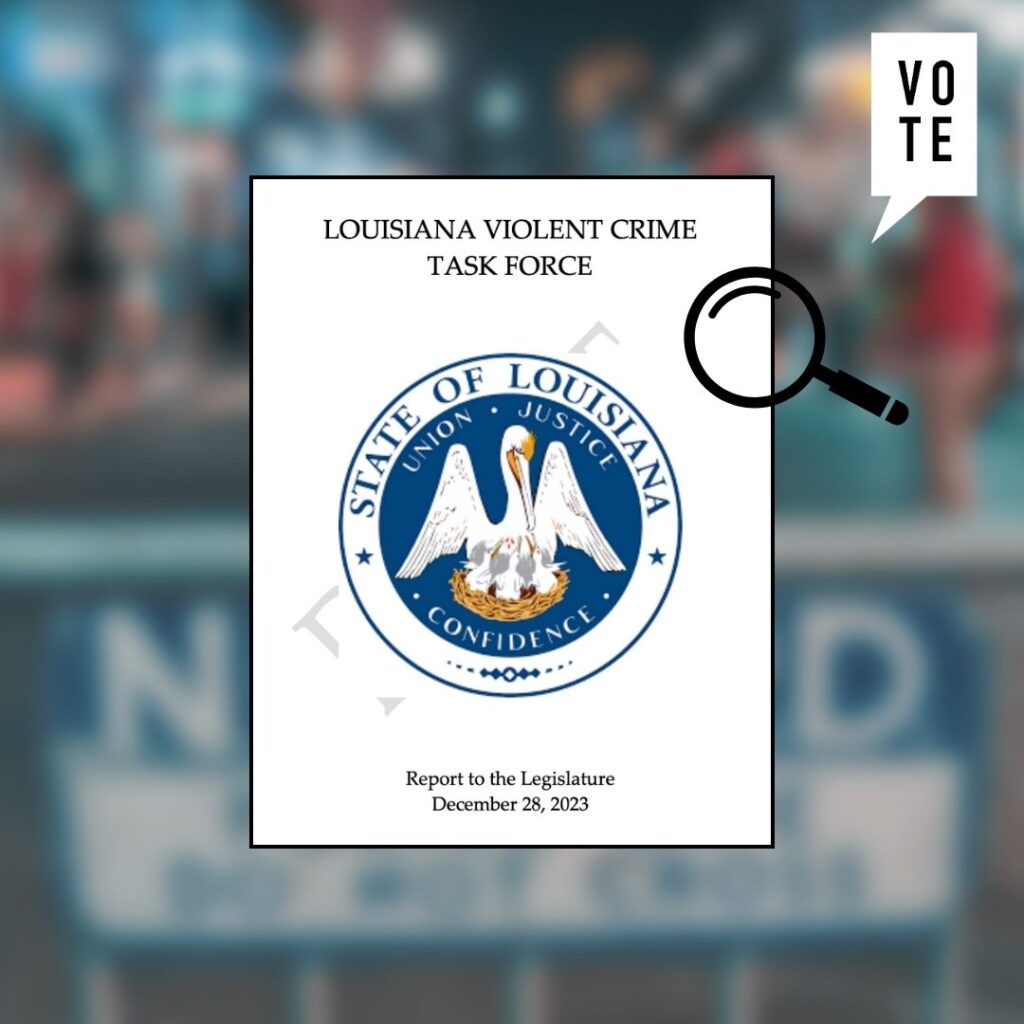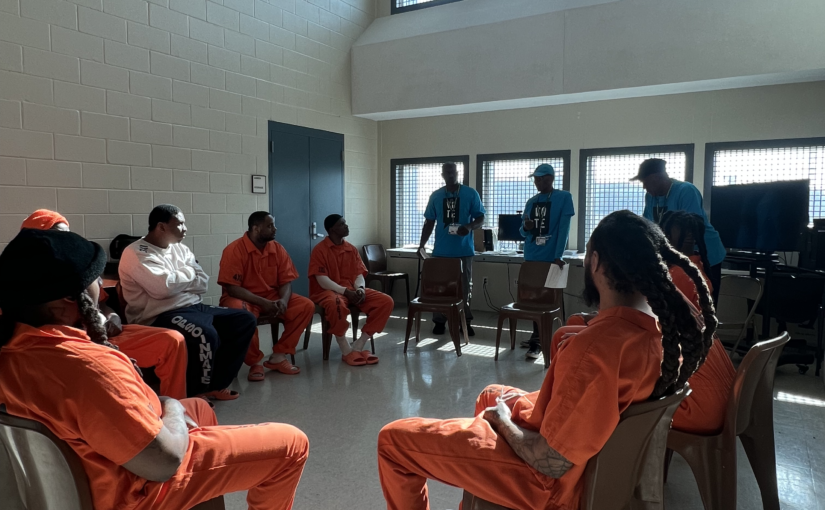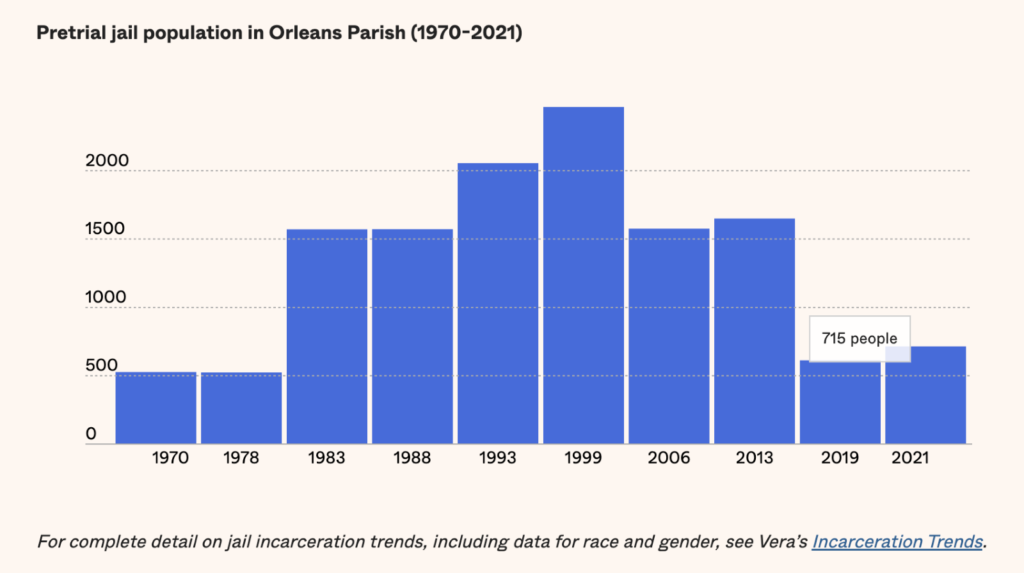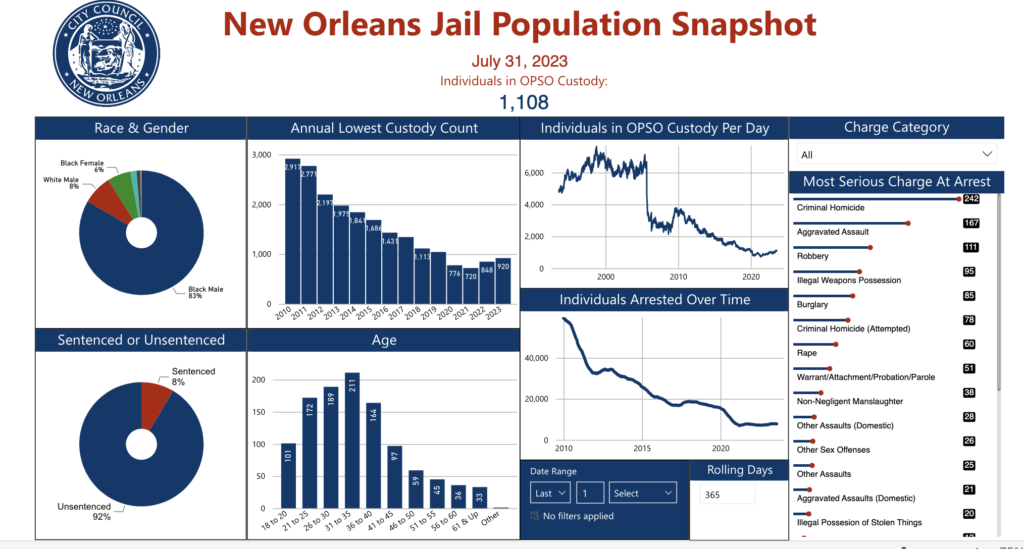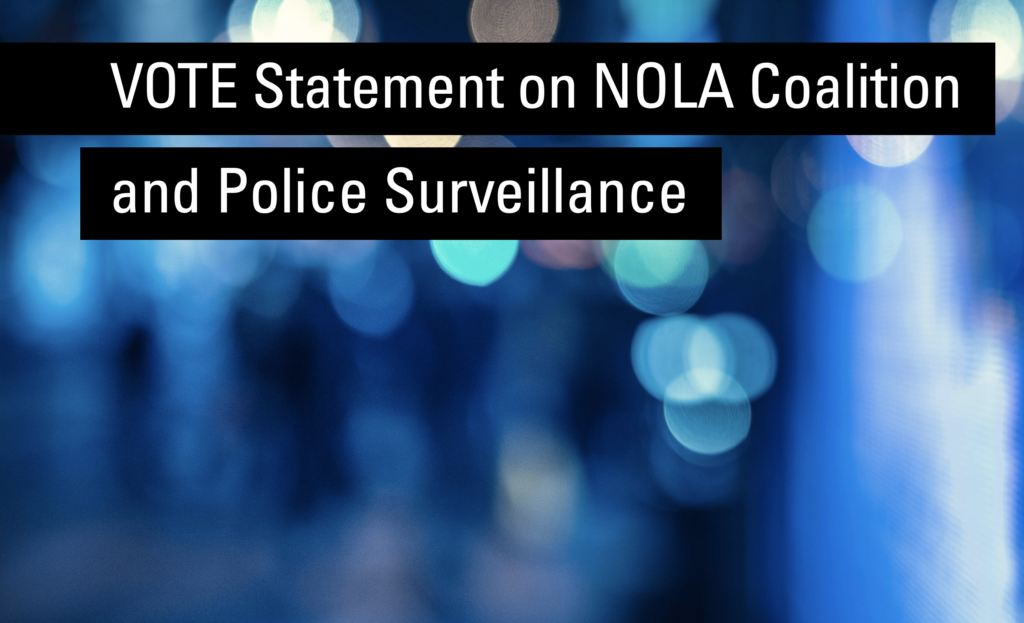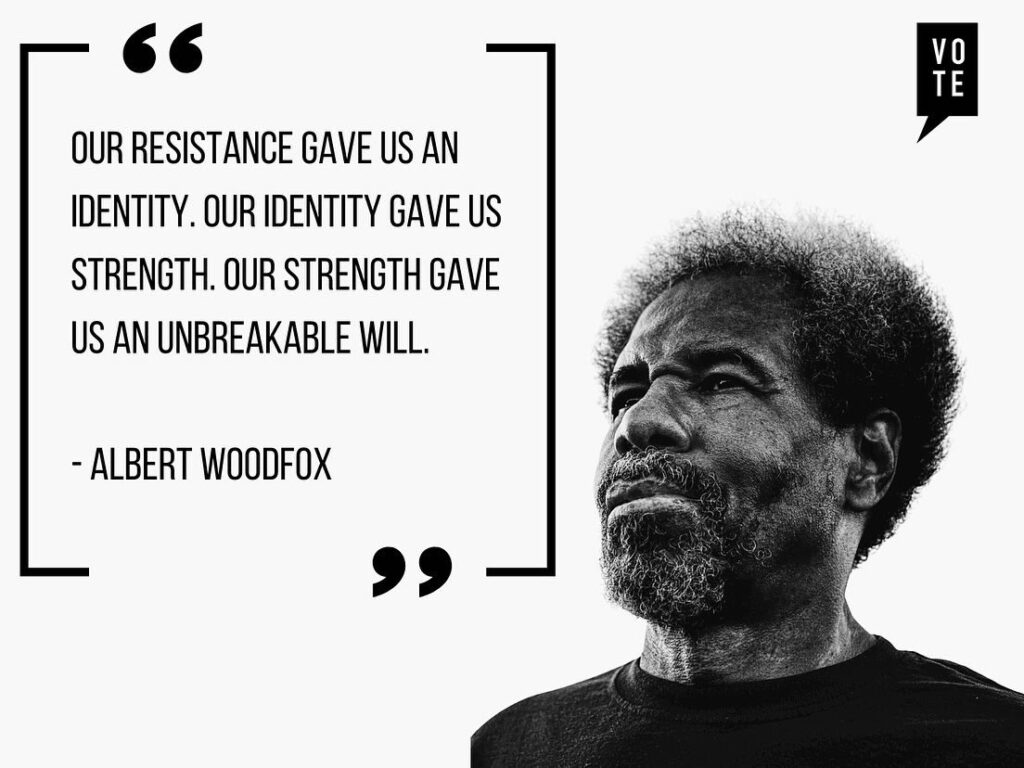In the first 90 days of Louisiana’s legislative proceedings, a curious tone has emerged, marked by a series of bills and acts that demand scrutiny and reflection. From contentious changes in gun laws to sweeping reforms in criminal justice and education, the legislative agenda reflects a hyper-focus on certain issues while neglecting others of equal importance. The prioritization of punitive measures over rehabilitation in criminal justice reform and the erosion of civil liberties in the name of public safety raise concerns about the state’s moral compass and commitment to justice.
Let’s delve into the key highlights and implications of these legislative actions.
Gun Legislation:
The legislative session kicked off with a series of bills aimed at reshaping gun laws in Louisiana. Measures such as ACT 1, which permits concealed carry without permits or training, and SB 233, which mandates businesses to allow law enforcement to carry concealed firearms, reflect a concerted effort to expand gun rights. Additionally, SB 214 would allow concealed guns in restaurants that serve alcohol. The implications for public safety and individual liberties warrant careful consideration about collective security.
Criminal Justice Reforms:
The legislative agenda also includes significant reforms in the realm of criminal justice. Acts such as ACT 13, which prosecutes all 17-year-olds as adults for all crimes, and ACT 8, which increases standard probation lengths and eliminates administrative sanctions for probation violations, signal a shift towards punitive measures over rehabilitation and second chances. The elimination of parole and Good Time, as well as the expansion of justifiable homicide laws, reflect a tougher stance on crime and punishment.
Social and Civil Liberties:
Legislative action has been targeting marginalized groups, such as transgender individuals (HB 608), sexual orientation discussions in schools (HB 122), and reproductive rights (HB 156). Bills like HB 122, which bars teachers from discussing sexual orientation, and HB 156, which forces teenage girls who are raped to carry their pregnancies to term, raise concerns about equality and individual autonomy. Additionally, restrictions on public records requests (SB 423) and limitations on peaceful protest (HB 127, HB 205) undermine transparency and freedom of expression.
Economic and Social Welfare:
The legislative agenda also addresses economic and social welfare issues, with bills impacting marginalized communities and social safety nets. Measures such as HB 303, which cuts SNAP benefits if a child is adjudicated for a crime, and HB 481, which cuts federal TANF benefits for those failing a drug test, raise questions about the state’s commitment to supporting vulnerable populations. The prioritization of corporate interests over public welfare, as seen in decisions regarding insurance regulations and federal funding for children’s food programs, raises questions about political priorities.
Education:
Bills like HB 71 and HB 745, mandating the posting of the Ten Commandments in schools and expanding voucher funding for private/religious/charter schools, highlight a push towards ideological agendas in education. The implications of these measures on the separation of church and state and the quality of public education merit further examination.
It seems they are hyper-focused on people such as:
The neo-Nazi who intentionally drove into a protest, injuring many and killing another in Charlottesville;
The police officer who kneeled on a man’s neck for 9 minutes in Minneapolis;
The out-of-town teenager who shot and killed two protestors in Kenosha;
The protestors who marched through the neighborhoods of Baton Rouge after the police killed an unarmed vendor;
The self-appointed neighborhood security who killed Black teenagers in Florida and Georgia;
Teachers who shed light on any uncomfortable aspects of history;
Other people’s sexual identities;
Journalists who seek public documents regarding government actions;
People below the poverty line seeking federal support;
The culpability of gun owners.
In light of these legislative developments, it’s crucial for Louisiana residents to engage critically with their elected representatives and advocate for policies that reflect their values and interests. By staying informed and actively participating in civic discourse, citizens can shape the future of Louisiana and hold their leaders accountable to the principles of democracy and justice.
As Louisiana gets ready for another hurricane season, with Hurricane Ida (2021) insurance claims still in dispute, political leaders have decided that throwing ourselves at the mercy of a deregulated insurance industry is the way to save our homes. For a state that is so dependent on tourism dollars in the liberal and diverse city of New Orleans, where drinking is legal in the streets and live music can be heard on nearly every corner… it is wise for the passengers on this ship to question which direction the captain is taking us.
Check out the full list of proposed bills below:
- Allow everyone over age 18 to carry a concealed weapon, with no permit, registration, nor training; ACT 1
- Force all businesses to allow law enforcement (active or retired) to bring a concealed gun inside the premises; SB 233
- Allow concealed guns in restaurants that serve alcohol; SB 214
- Prevent civil liability of anyone who is injured or killed by people with concealed weapons; ACT 2
- Reinforce State’s burden in proving someone did not act in self-defense; HB 819
- Create a “justifiable homicide” where a driver runs over a pedestrian, protestor, or anyone in a roadway who made the driver afraid (and requiring no actual contact nor weapon);
HB 355(DEFERRED)
- Prevent civil liability where a fearful driver runs down a pedestrian, protestor, or anyone in a roadway; HB 383
- Create a crime of conspiring or planning to block a roadway; HB 127
- Expand racketeering laws to include protest planning; HB 205
- Create a crime of protesting in a way that a resident’s peace is disturbed; HB 737
- Criminalizes getting within 25-feet of a police officer; HB 173
- Limit public records requests to resident citizens of Louisiana; SB 423
- Require photo-ID for anyone requesting public records; SB 502
- Exclude the Governor’s schedule from public records; SB 482
- Publicly post the arrest of everyone 17 and over, including their mugshots; ACT 15
- Prosecute all 17-year-olds in the adult system for all crimes; ACT 13
- Drug test everyone who is arrested; ACT 4
- Increase standard probation lengths from 3 years to 5 years; ACT 8
- Eliminate administrative sanctions (and short jail stints) for petty violations of probation; ACT 8
- Allow full revocation of probation (and sentence someone to 5 years prison) for an arrest, without needing a conviction; ACT 8
- Amend the state constitution to allow an elimination of the juvenile criminal courts; HB 203
- Allow children to be imprisoned in adult facilities; HB 210
- Have the Governor appoint the Public Defender; ACT 22
- Create a commission to procure funding for juvenile prison construction; SB 431
- Allow for, and subsidize, hiring of police officers and sheriff’s deputies; Exec. Order
- Create a division of state police in New Orleans; Act 20
- Create and fund Attorney General’s shadow prosecution office in New Orleans; Exec. Order, HB 1
- Violate U.S. Supreme Court rulings, including Trump v. Missouri (2024), that prohibits states from putting qualification restrictions on candidates for federal office; HB 664
- Violate the Louisiana Constitution Art. 1, Sec. 10.1 by adding additional restrictions on running for school board; HB 188
- Create a gender-specific surgical punishment for men convicted of sex offenses; HB 166
- Twenty-five year mandatory minimum for “detectable amount” of colorful fentanyl; ACT 19
- Ten-year mandatory minimum for detectable amount of fentanyl that looks like a generic pill; HB 720
- Eliminate parole; ACT 6
- Eliminate Good Time; ACT 7
- Criminalizes giving anything of value to panhandlers; HB 97
- Creates $500m private/religious/charter school voucher funding; HB 745
- Mandate the Ten Commandments be posted in every school; HB 71
- Forego federal dollars for children’s food programs; Exec. Order
- Automatically cut SNAP benefits if a child is adjudicated for a crime; HB 303
- Allow up to 10 years in prison for a false statement in applying for workers comp. benefits; HB 247
- Cutting federal TANF benefits of anyone failing a drug test; HB 481
- End mandatory meal breaks for child laborers who work over 5 hours; HB 156
- Force transgender people to use bathrooms, or live in quarters, that do not reflect their appearance, in schools, jails, shelters, and prisons; HB 608
- Bar teachers from discussing sexual orientation; HB 122
- Force teenage girls who are raped to birth their child; HB 156
- Create an interstate compact on immigration enforcement, and violate U.S. Supreme Court rulings, including Arizona v. United States (2010), that preempt the state from regulating immigration; SB 388
- Fund a deployment of Louisiana National Guard to Texas; Act 20
- Call for two-week Constitutional Convention (this June) among the 144 Legislators and Governor’s appointees to be submitted to voters this October; HB 800

